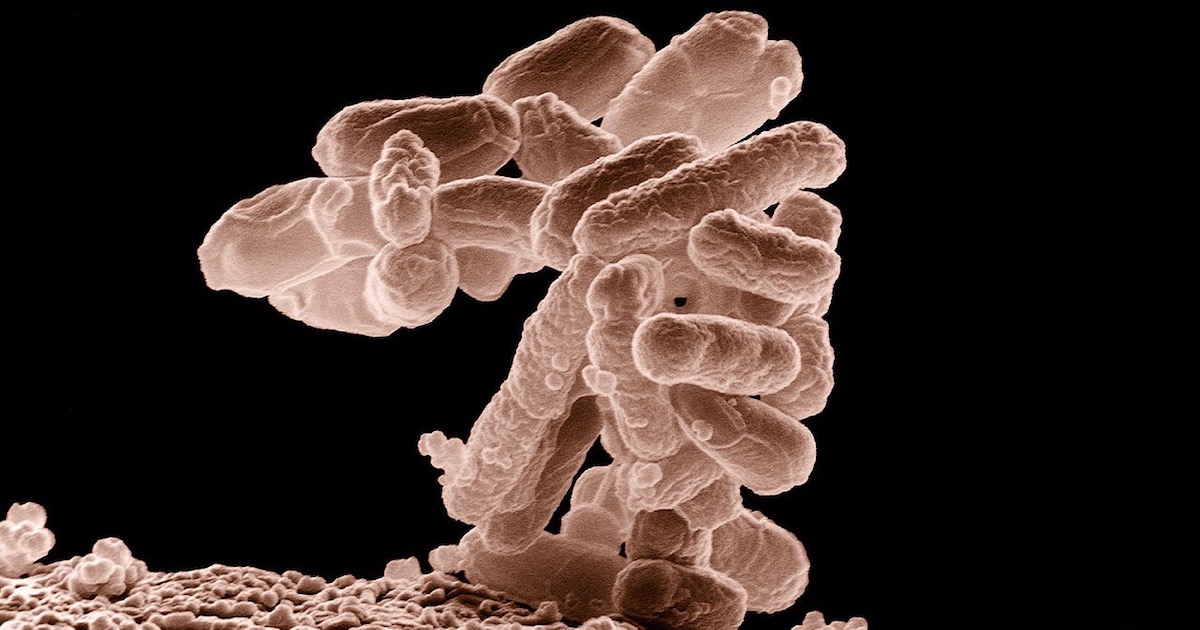 Intelligent Design
Intelligent Design
The Nobel Prize and Intelligent Evolution


The recent Nobel Prize in chemistry awarded to Drs. Frances H. Arnold, George P. Smith, and Gregory P. Winter for the engineering of biomolecules raises an important issue in the debate between Darwinists and ID scientists.
The Nobel Prize research is a beautiful vindication of the work of Dr. Mike Behe who, in his two books Darwin’s Black Box and The Edge of Evolution, has argued that there are discernable limits to what unintelligent Darwinian evolution can accomplish. Behe argues convincingly that life exhibits functional complexity that surpasses those unintelligent Darwinian limits. To explain evolution, Behe observes, we must posit intelligence, as well as random variation and natural selection, as a real process in nature.
Drs. Frances H. Arnold, George P. Smith, and Gregory P. Winter implicitly replicated Behe’s scenario in the laboratory. The Nobel laureates used Darwinian evolution and intelligence to design biomolecules that have new and important biological function. They applied intelligence to random biological variation and natural selection, and this application of intelligence to evolution created biomolecules of great functional specificity and complexity that unintelligent natural selection didn’t and couldn’t achieve.
A Comparison with Lenski
It is worth comparing the intelligent evolution experiments of Arnold et al. with the work of biologist Richard Lenski. Lenski’s research, which is superb and of great relevance to the debate about Darwinian and intelligent evolution, has been the study of a dozen lines of E. coli bacteria in his laboratory for 25 years. Lenski has tried to interfere as little as possible with the evolution of the bacteria — he has tried to impart as little intelligence to the bacterial evolution as possible.
After more than 60,000 generations of bacteria — the equivalent of more than a million years of large-animal evolution — practically no net evolution has occurred. The only change has been a mutation in a gene for a protein that imports citrate into the cell when no oxygen is present. The mutation allowed the protein to work in the presence of oxygen as well. That is, the regulator gene was rendered less specific — it was impaired — by the mutation. The unintelligent “evolution” was a handicap in the specificity of a gene that allowed less specific intake of citrate into the cell.
A Comparison with Minnich
ID researcher Scott Minnich and his team, using intelligent evolution in the laboratory, were able to replicate the loss of specificity for citrate metabolism in the presence or absence of oxygen in a matter of weeks, not years as Lenski’s unintelligent Darwinian evolution had required. That is, even loss of function occurs much more rapidly — by many orders of magnitude — in intelligent evolution than it does in Darwinian evolution. And genuine acquisition of novel function does not occur at all in Lenski’s Darwinian experiments, even after decades of evolution and 60,000 generations.
Lenski’s work is important because it demonstrates the “edge” of Darwinian evolution — the severely limited boundary of specified functional complexity that unintelligent Darwinian processes cannot pass. The Nobel Prize-winning work of Drs. Frances H. Arnold, George P. Smith, and Gregory P. Winter demonstrates that in order to achieve genuine new functional complexity, intelligence must be added to unguided Darwinian evolution.
The contrast between the evolutionary sterility of Lenski’s unintelligent Darwinian evolution and the evolutionary potency of Arnold, Smith, and Winter’s intelligent evolution is striking. The vindication of intelligent evolution may well be, in the long term, the most important conclusion drawn from this Nobel Prize-winning research.
Photo: E. coli bacteria, by Eric Erbe, digital colorization by Christopher Pooley, both of USDA, ARS, EMU [Public domain], via Wikimedia Commons.
